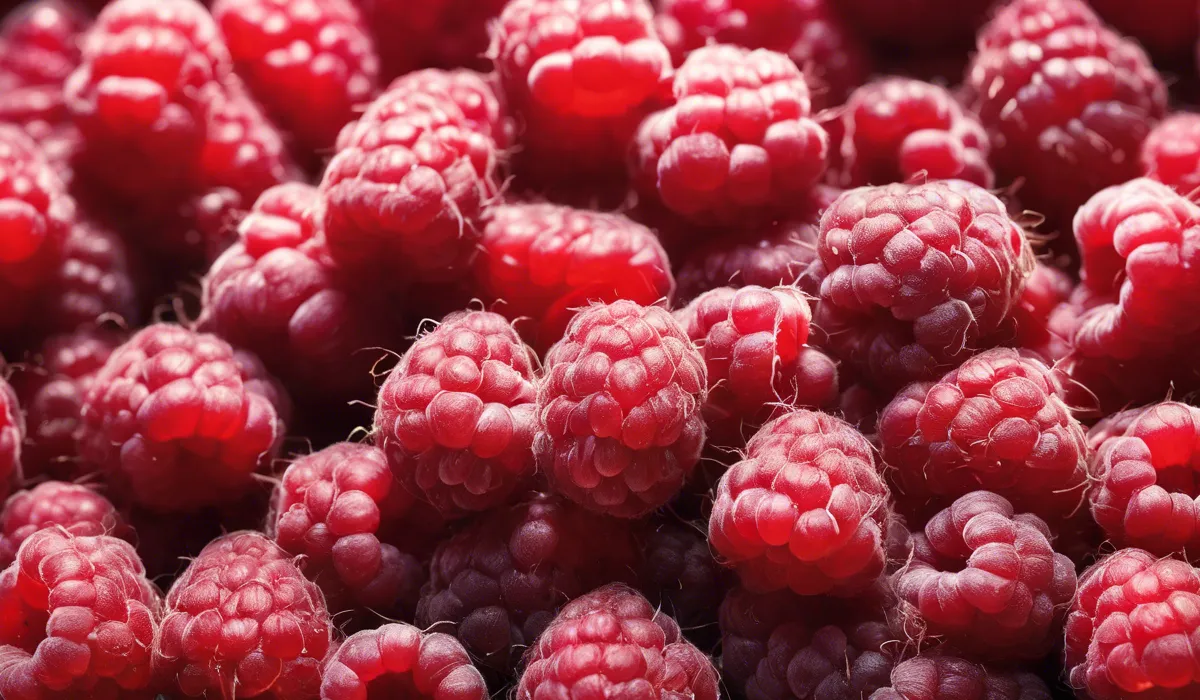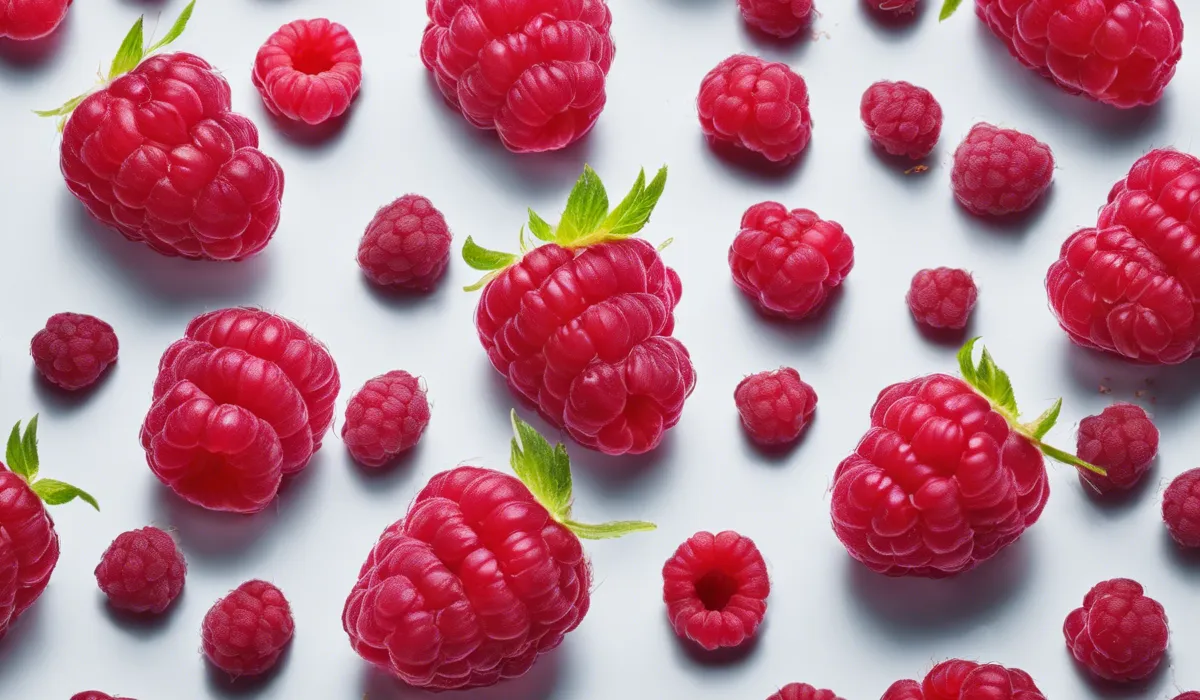It’s not safe to eat raspberries with mold. Mold can produce harmful toxins that may not be removed by washing. Discard moldy berries to avoid health risks.
Risks of Eating Moldy Raspberries

Understanding Mold on Food
Mold is a type of fungus that thrives in warm, damp conditions and can grow on a variety of foods, including raspberries.
When mold is present, it means that tiny spores have landed on the food and begun to reproduce.
These spores can be airborne or transferred through contact with other items. Mold typically appears as fuzzy or slimy patches that can be various colors, such as green, white, or black.
Common Molds on Raspberries
Raspberries can be affected by different types of mold, such as Botrytis cinerea, also known as gray mold, and Rhizopus stolonifer, which is a fast-growing species.
These molds are not only unsightly but can also penetrate deep into the fruit, making them difficult to remove completely.
Health Risks of Moldy Berries
Allergic Reactions and Respiratory Issues
Some individuals may experience allergic reactions or respiratory problems after consuming moldy raspberries or inhaling mold spores. Symptoms can range from mild to severe and include sneezing, coughing, and difficulty breathing.
Mycotoxins: A Hidden Danger
Mycotoxins are toxic substances produced by certain molds. These can be harmful to humans and may lead to various health issues, such as digestive problems, weakened immune responses, and even long-term illnesses.
At-Risk Groups
Children, the elderly, pregnant women, and those with compromised immune systems are especially vulnerable to the effects of mold. For these populations, the risk of adverse health effects from eating moldy raspberries is higher.
Safe Handling of Moldy Raspberries

Inspecting Raspberries for Mold
Before eating raspberries, it is crucial to inspect them carefully. Look for any signs of mold, such as discolored spots or a fuzzy texture. If mold is present, it’s safest to discard the berries to avoid potential health risks.
The Mold Removal Debate
Some may suggest cutting off moldy parts of the fruit and eating the rest. However, because mold can penetrate deeply into soft fruits like raspberries, it is recommended to throw away any moldy berries entirely.
Storage Practices to Prevent Mold
Refrigeration and Containment
Keeping raspberries in the refrigerator can slow down the growth of mold. Store them in a container that allows for air circulation to help keep the berries dry and less prone to mold development.
Washing Raspberries Properly
Wash raspberries just before you plan to eat them. Washing them too early can introduce moisture, which encourages mold growth. Use cold water and handle the berries gently to avoid bruising.
Prevention and Food Safety Measures

Selecting Raspberries at the Store
When buying raspberries, choose packages that are free of moisture and visible mold. Berries should be plump and dry, without any mushy or discolored areas.
Storing Raspberries at Home
At home, store raspberries in the refrigerator and keep them in a breathable container. Do not wash them until you are ready to consume them to prevent any unnecessary moisture buildup.
Understanding Mold Spread
Mold spores can easily spread from one berry to another. If you find moldy raspberries in a container, it’s best to discard the whole batch to ensure no hidden mold is present on other berries.
Using Non-Affected Berries
If you find only a few moldy raspberries, you can remove and discard them immediately. Carefully inspect the remaining berries for any signs of mold before using them.
Food Safety in the Kitchen
Maintaining a clean kitchen and preventing cross-contamination is essential. Use separate cutting boards for fruits and vegetables and clean all surfaces and utensils thoroughly after handling moldy items.
FAQs About Eating Raspberries with Mold
Can I eat raspberries if they have a little bit of mold on them?
No, you should not eat raspberries with any amount of mold on them due to potential toxins.
Is it safe to eat the non-moldy part of a raspberry if I remove the moldy part?
No, mold can spread invisible spores, so it’s best to discard the entire berry to avoid health risks.
Can washing raspberries remove mold and make them safe to eat?
Washing will not remove all mold or its toxins; moldy raspberries should be thrown away.
What should I do if I accidentally ate a raspberry with mold?
If you have consumed moldy raspberries, monitor your health and consult a healthcare professional if you experience any symptoms.
How can I prevent mold on raspberries?
Store raspberries in a cool, dry place and eat them quickly after purchase to reduce the chance of mold growth.
Final Thoughts
Eating raspberries with mold is unsafe due to the potential presence of harmful toxins that washing cannot eliminate. To safeguard your health, it’s important to dispose of any moldy raspberries rather than attempting to consume them.
